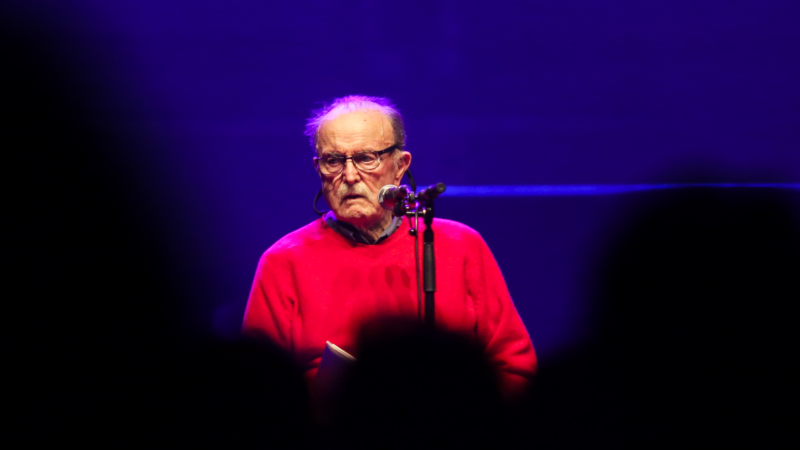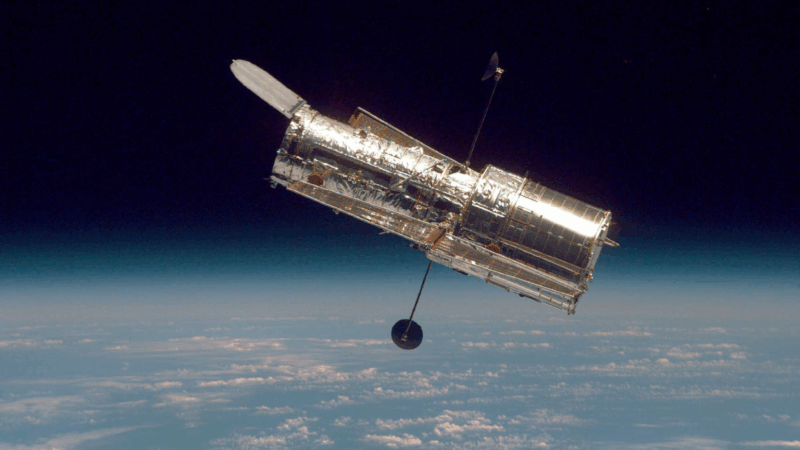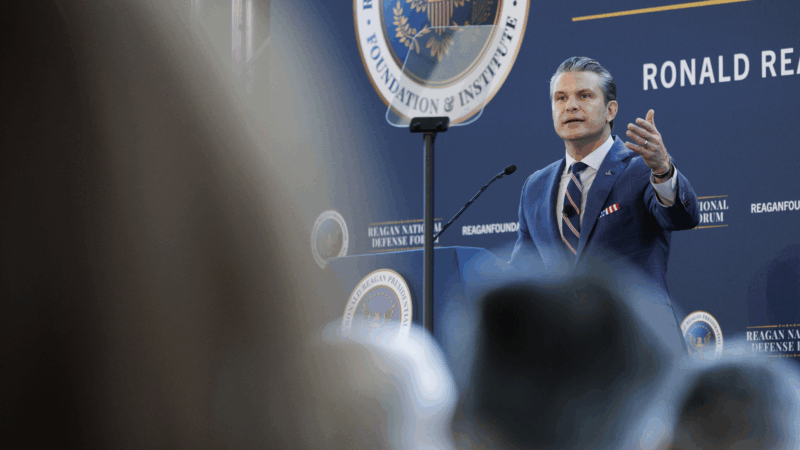An American composer’s biological matter creates new music from beyond the grave
The American composer Alvin Lucier was known for experimental works that explored the physical properties of sound. In Music for Solo Performer from 1965, he strapped sensors to his forehead to transform his own brainwaves into a piece for percussion instruments. His 1997 work Opera with Objects mined the resonance of everyday objects like pencils.
Lucier died in 2021 at the age of 90. But the composer — or rather, a surrogate created out of biological matter taken from his body with his permission before he died — is now putting out new music.
At a time when extending a dead musician’s output — or at least attempting to — can be as easy as typing prompts into an AI system, a group of artists and scientists in Australia are bringing one deceased composer “back to life” in a different way: by rebuilding some of his brain.
Extending Lucier’s posthumous musical output
Lucier’s posthumous composition comes from a new installation at The Art Gallery of Western Australia in Perth called Revivification.
“We have developed a brain on a dish, more or less, that has the ability to take action in the real world,” said artist Nathan Thompson, one of the creators of the installation alongside artists Guy Ben-Ary and Matt Gingold, and Stuart Hodgetts, a neuroscientist.
This “brain on a dish” takes the form of two small, white blobs on a pedestal at the gallery. The blobs are a cluster of neurons that mimic in a very basic way the structure and development of a human brain. Thompson said it was grown out of stem cells created from blood samples the composer agreed to donate to the project the year before he died. “He was aware of possibilities that the work would perform for him even after his death,” Thompson said.
In order to produce new music, the blobs — Alvin Lucier’s surrogate self — are connected to 20 handcrafted brass plates attached to the gallery walls, like paintings. The plates, which contain hidden transducers and mallets, respond to neural signals the biological matter gives out in real time, creating an ethereal soundscape.
The team behind the project sees the musical output as an extension of the composer’s artistic vision from beyond the grave. As a line from a video about the installation puts it, “Revivification proposes a provocative vision of artistic immortality and speculates that Lucier’s creative essence persists beyond death.”
Questioning the nature of human creativity
Some experts are skeptical.
“Creativity has two components,” said Indre Viskontas, a cognitive neuroscientist at the University of San Francisco who studies creativity. “One is the originality or the novelty or the uniqueness of the piece. And here, of course, that’s in spades.”
However, Viskontas said the blobs lack the other component that would make them capable of the creativity needed to truly make new art: intention. “Creativity really has to have a conscious element to it. And I don’t think this particular piece of art is conscious,” she said. “Those cells have no intention.”
Karim Jerbi, a professor at the University of Montreal who researches the intersection of neuroscience and artificial intelligence, agreed with Viskontas. “Conceptually it is alive. But it won’t turn into a full blown brain,” he said.
Jerbi added that the process of producing sound from “organoid” biological matter (like the blobs on view in the gallery) is not new. He pointed to the album Creation Myth by Hot Sugar, which he said features “sounds based on microtonal midi files” that one of his former Ph.D. students “generated from organoid data.”
But Jerbi said Revivification is truly creative and novel in a different way.
“The creativity that I’m seeing in this project largely comes from the way it was put together by the artists and scientists working together to create this installation,” he said. “And probably, given the experimental nature of Lucier’s compositions, he would really appreciate this process,” he said.
Tributes, not politics, play center stage as Trump hosts the Kennedy Center Honors
President Trump said he was closely involved with picking the honorees, and on Sunday he became the first president to host the Kennedy Center awards ceremony.
Thailand launches airstrikes along border with Cambodia as tensions reignite
Both sides accused the other of breaking a ceasefire that halted fighting earlier this year. Longstanding border disputes erupted into five days of combat in July that killed dozens.
Light from satellites will ruin majority of some space telescope images, study says
Astronomers have long been concerned about reflections from satellites showing up in images taken by telescopes and other scientific instruments.
Defense Department is reviewing boat strike video for possible release, Hegseth says
In a speech on Saturday, Defense Secretary Pete Hegseth defended the strikes, saying: "President Trump can and will take decisive military action as he sees fit to defend our nation's interests."
Bama, Miami in, Notre Dame out and Indiana No. 1 in College Football Playoff rankings
Nobody paying attention for the past 24 months would be surprised to see Indiana – yes, Indiana – leading the way into this year's College Football Playoff.
McLaren’s Lando Norris wins first F1 title at season-ending Abu Dhabi Grand Prix
Red Bull driver and defending champion Max Verstappen won the race with Norris placing third, which allowed Norris to finish two points ahead of Verstappen in the season-long standings.








